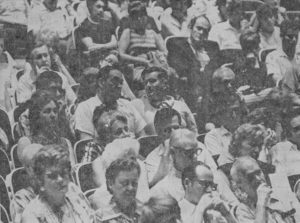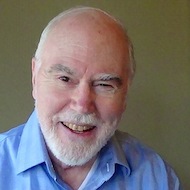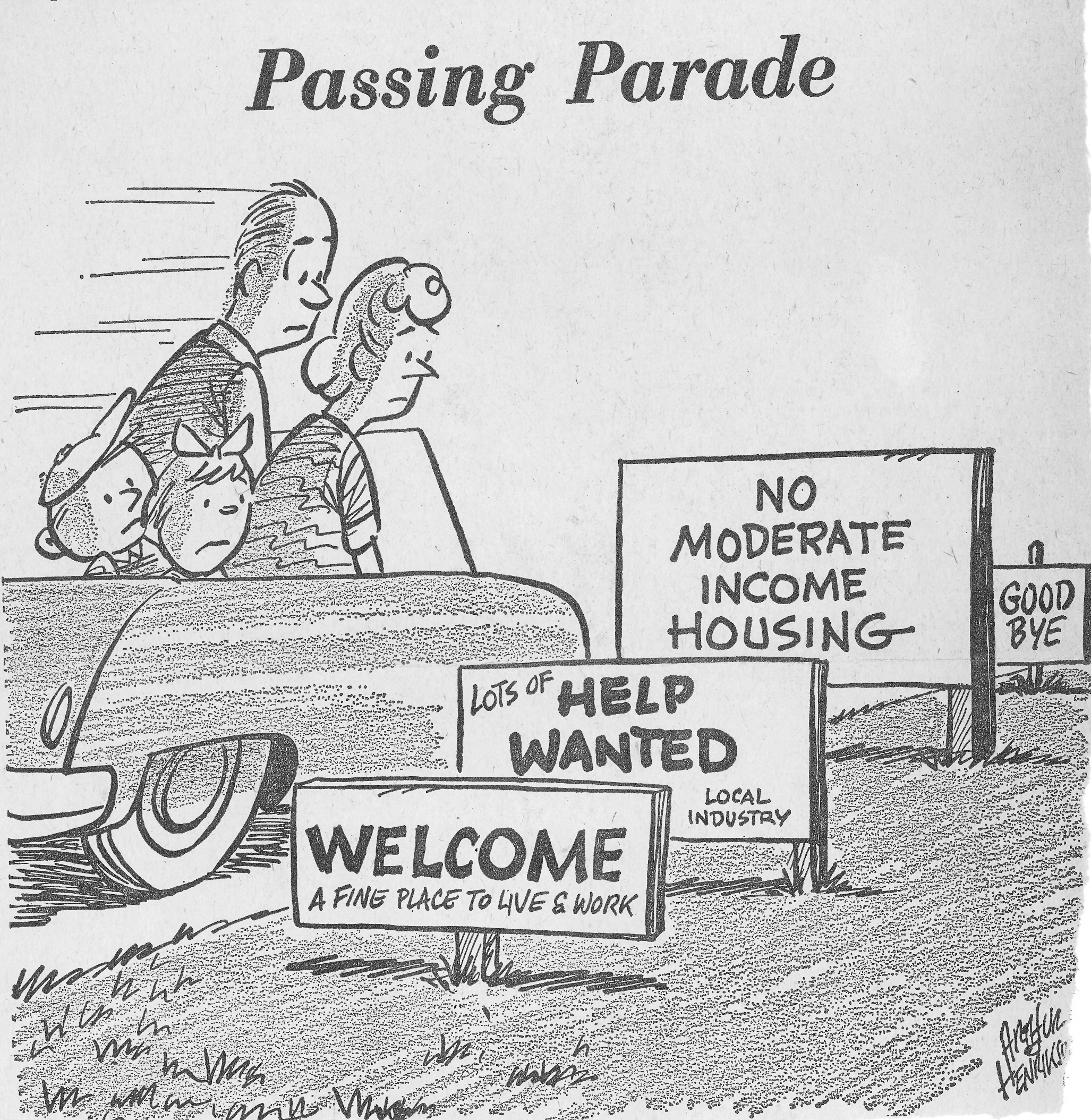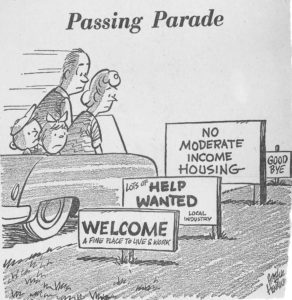Back in the 1970s, a debate over whether to allow the Clerics of St. Viator to sell land east of Saint Viator High School to be developed into low income housing, was so contentious, that it made it all the way to the Supreme Court.

So many people attended an Arlington Heights Plan Commission meeting in 1974 that they had to move it to a nearby high school. (Arlington Heights Daily Herald)
Hearings at the local level drew hundreds of residents and vocal outbursts, on both sides of the issue.
The Village of Arlington Heights objected to the development, citing a longstanding zoning ordinance that called for the land to retain its single family character. Activists who sided with the Viatorians described the decision as discrimination.
In a decision, handed down on Jan. 11, 1977, the Supreme Court ruled that it was not discrimination that drove their local decision to block the development, and consequently the efforts to rezone the land for multi-use housing were denied.
The landmark case routinely turns up in law school property classes, and recently, it was cited by judges in the 9th U.S. Circuit Court of Appeals in their decision against reinstating President Donald Trump’s travel ban.
Ironically, the case was used to upend the travel ban, saying that government officials’ prior statements provided circumstantial evidence of intent, and this kind of background could be taken into consideration when determining whether discrimination was intended.
Fr. John Milton, CSV, was a physics teacher at Saint Viator High School during the years when the battle over the land unfolded, and since then has taught more than 20 years at De Paul University and now regularly consults at Cristo Rey St. Martin College Prep.
“I remember it vividly,” he recalls of the battle over low income housing. “It was the subject of lots of discussion amongst members of the (Viatorian) community.”


